Beyond the bustling beaches of Waikiki and the resort corridors of Maui lie communities where Hawaii’s rich history remains wonderfully preserved in daily life.
These towns, scattered across the Hawaiian islands, maintain their connection to the past through traditional practices, historic architecture, and deeply rooted cultural traditions.
Hana, Maui
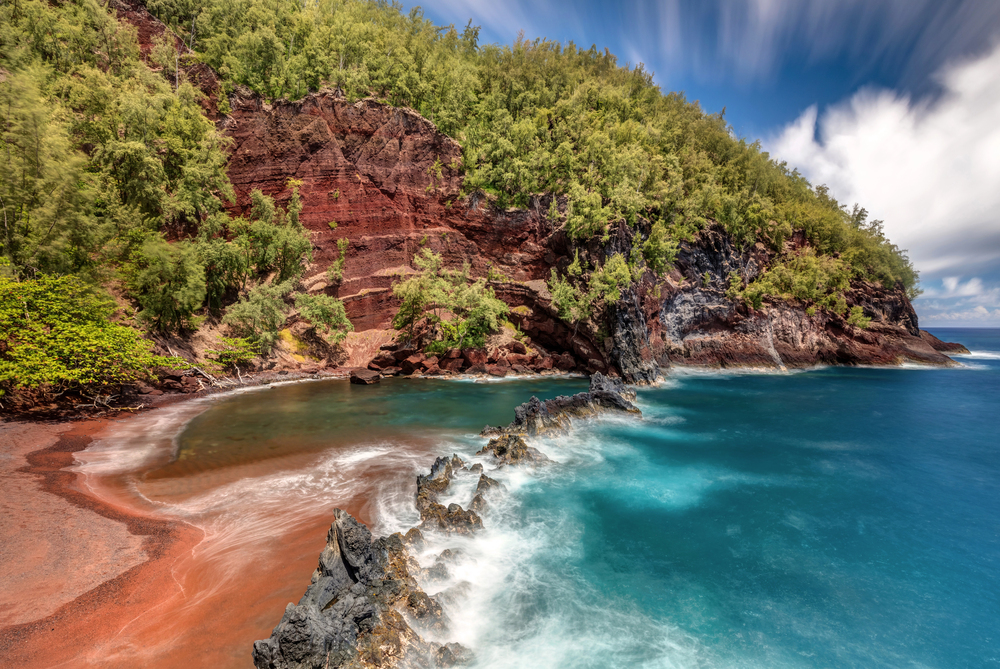
At the end of the famous Road to Hana, this remote community preserves traditional Hawaiian ways of life largely unchanged by modern tourism. Local families still gather limu (seaweed) from pristine beaches and tend to ancient taro patches passed down through generations.
The town’s legendary Piilani Temple, Hawaii’s largest heiau (temple), stands as a testament to the area’s spiritual significance in ancient times.
Hanapepe, Kauai
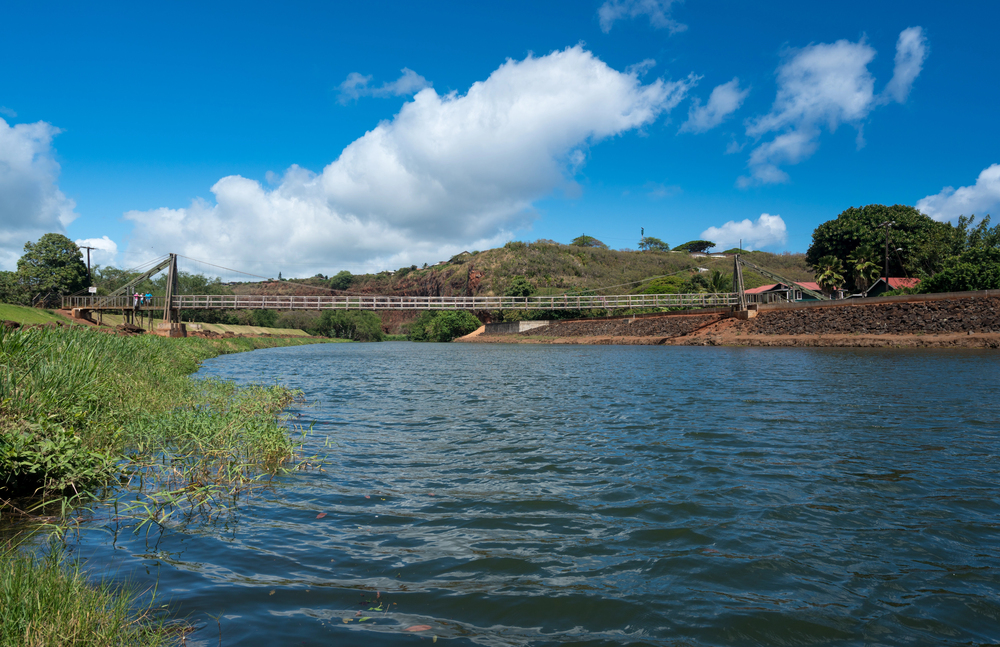
Known as ‘Kauai’s Biggest Little Town,’ Hanapepe’s historic main street looks much as it did during the plantation era of the 1920s. Every Friday night, the town’s art galleries and local crafters keep their doors open late, continuing a tradition that began decades ago.
The iconic swinging bridge, rebuilt after Hurricane Iniki, still serves as the town’s signature landmark and favorite gathering spot.
Like Travel Pug’s content? Follow us on MSN.
Haleiwa, Oahu
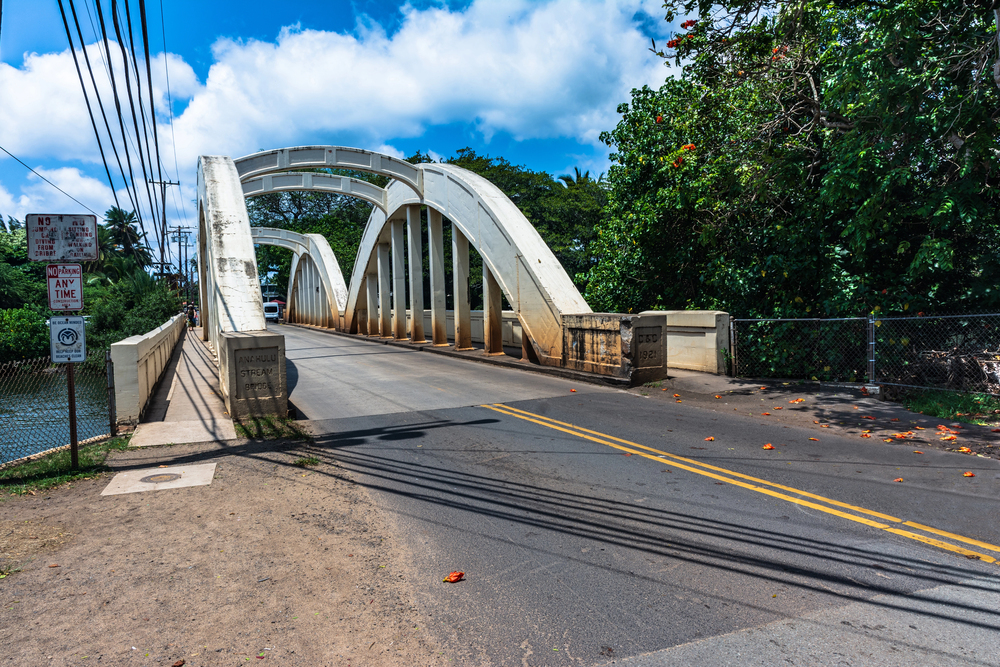
Despite its popularity, this North Shore surf town maintains its plantation-era charm through strict building codes and preservation efforts. Local surf shops operate from historic wooden buildings where sugar plantation workers once gathered, while traditional shave ice stands still use family recipes passed down through generations.
The town’s famous rainbow bridge spans the Anahulu River just as it has since 1921, marking the gateway to the North Shore.
Koloa, Kauai
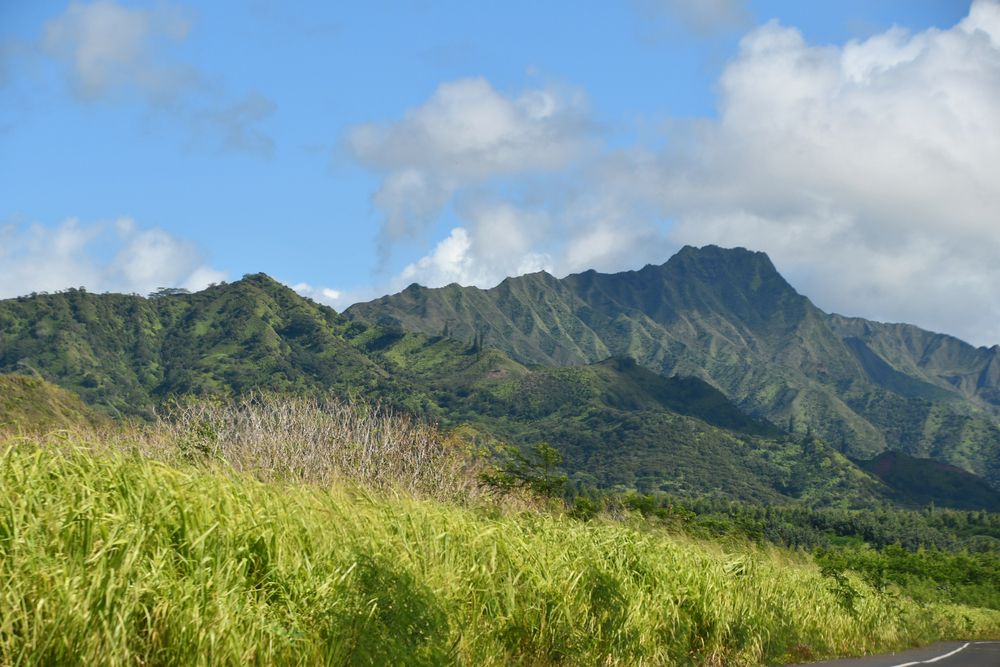
Home to Hawaii’s first sugar plantation, Koloa preserves its history through carefully maintained buildings and regular cultural celebrations. The old stone church, built in 1859, still hosts weekly services in both Hawaiian and English.
Local families share stories of plantation life during the town’s monthly night market, where traditional crafts and foods take center stage.
Makawao, Maui
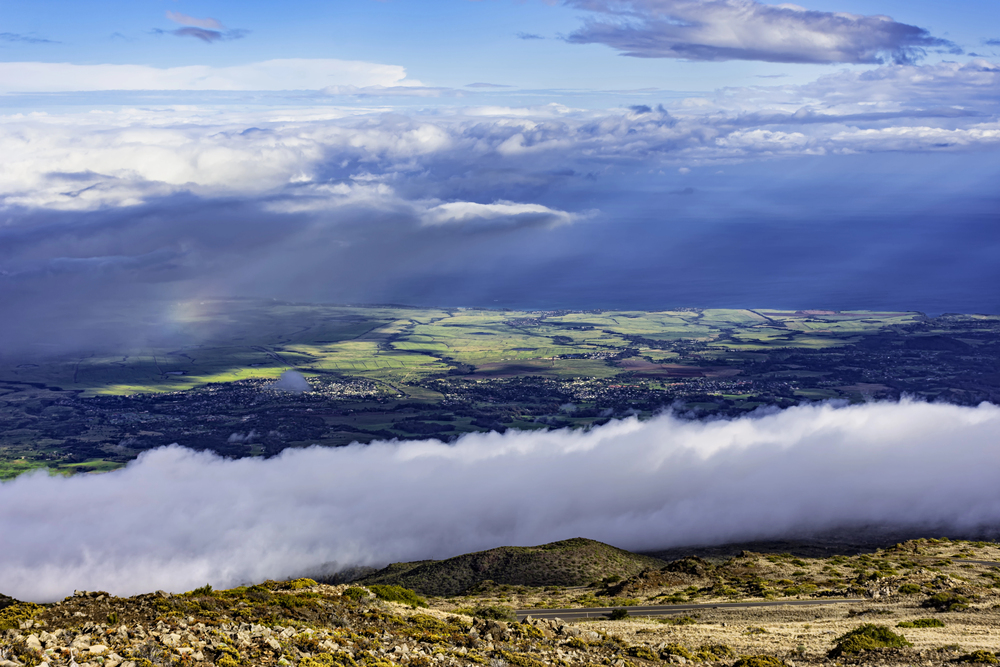
This upcountry town maintains its paniolo (Hawaiian cowboy) heritage through working ranches and historic storefronts. The famous Makawao Rodeo, Hawaii’s largest paniolo competition, has celebrated the town’s cowboy culture every Fourth of July since 1956.
Local saddlemakers and glassblowers continue traditional crafts in workshops that have operated for generations.
Like Travel Pug’s content? Follow us on MSN.
Kalaupapa, Molokai
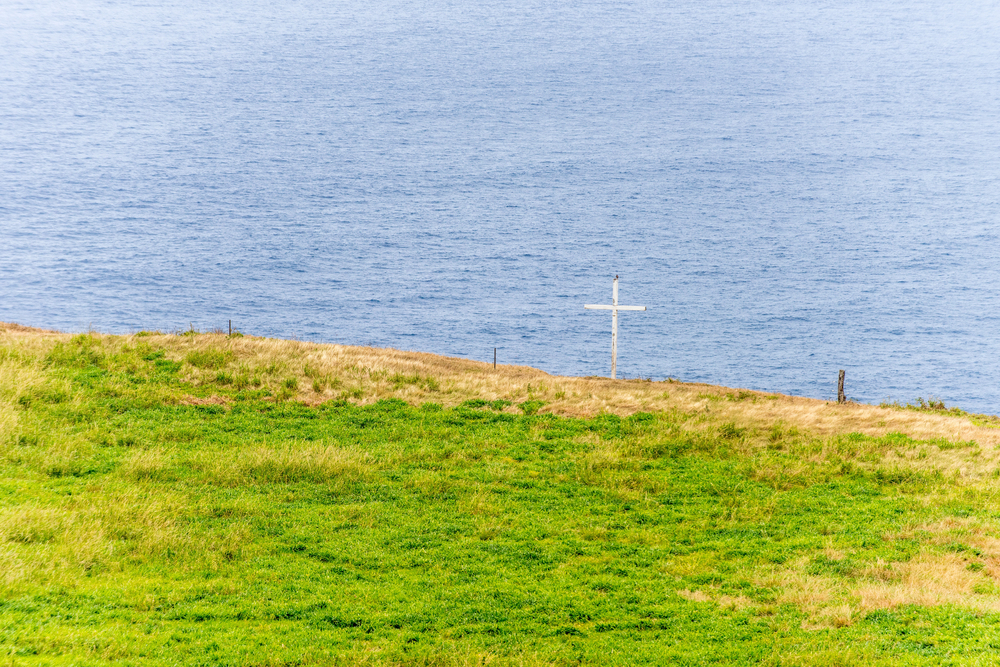
Accessible only by mule trail or small aircraft, this historic settlement tells the moving story of Hawaii’s Hansen’s disease patients and their caregivers. The town’s church, built by Saint Damien, stands as a testament to the community’s resilience and faith.
Traditional Hawaiian healing practices continue here, passed down by residents who chose to remain after the settlement was no longer mandatory.
Volcano Village, Big Island
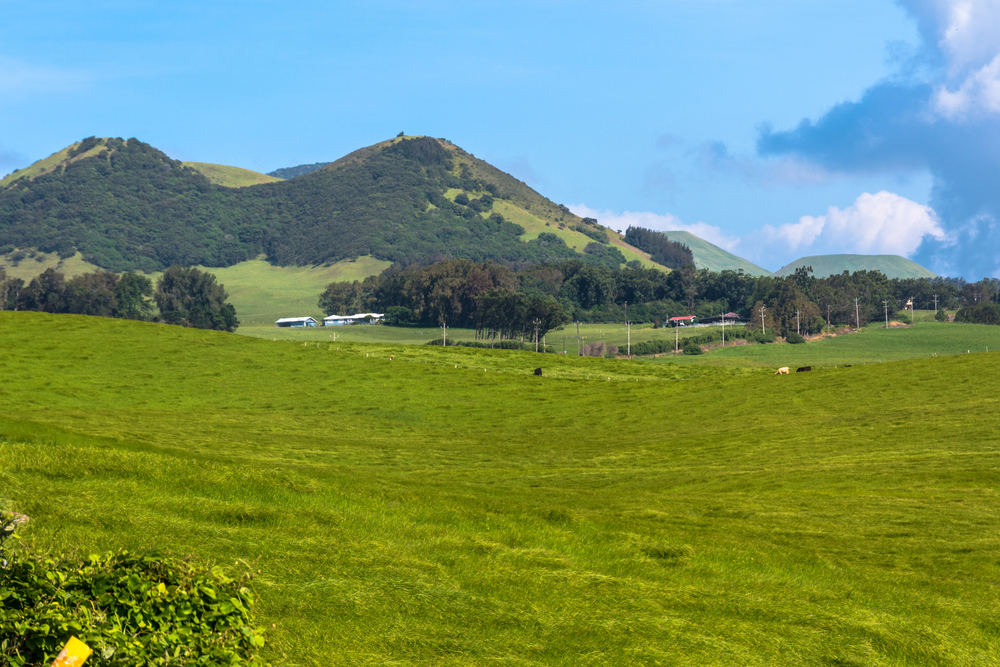
Nestled in the misty forests near Hawaii Volcanoes National Park, this artistic community preserves both natural and cultural heritage. Local artists work in studios converted from old plantation cottages, continuing traditions of woodworking and glass art inspired by volcanic landscapes.
The village’s famous Sunday market features traditional lei makers and kapa (bark cloth) artisans sharing ancient techniques.
Hawi, Big Island
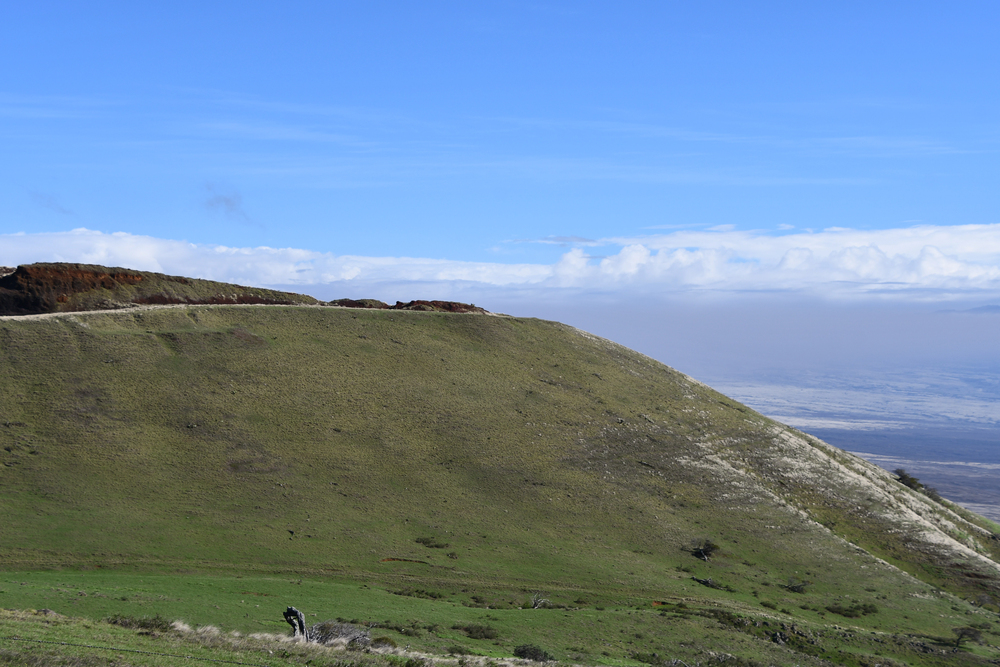
Once the hub of North Kohala’s sugar industry, Hawi maintains its plantation-era character through preserved storefronts and cultural practices. Local families still gather for monthly pa’ina (parties) featuring traditional music and hula passed down through generations.
The town’s famous wind turbines now stand where sugar cane once grew, symbolizing the community’s balance of progress and preservation.
Like Travel Pug’s content? Follow us on MSN.
Waimea, Kauai
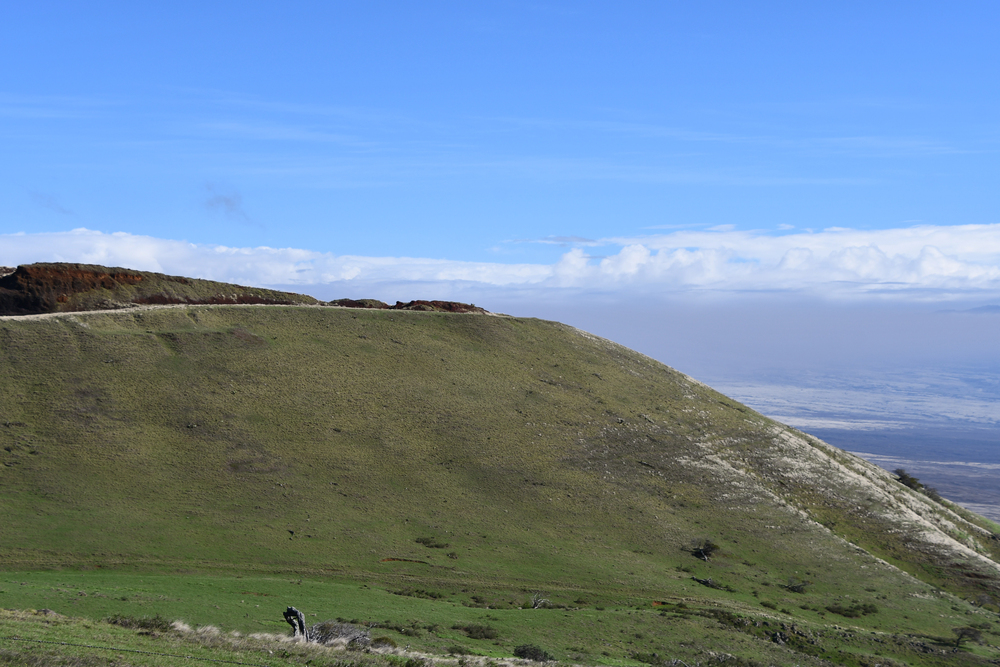
This westside town preserves its connection to both Hawaiian royalty and plantation history through carefully maintained sites and traditions. The historic Russian Fort Elizabeth stands as the only Russian fort in Hawaii, telling stories of failed imperial ambitions.
Local families continue traditional salt-making practices on nearby salt ponds that have operated for centuries.
Lanai City, Lanai
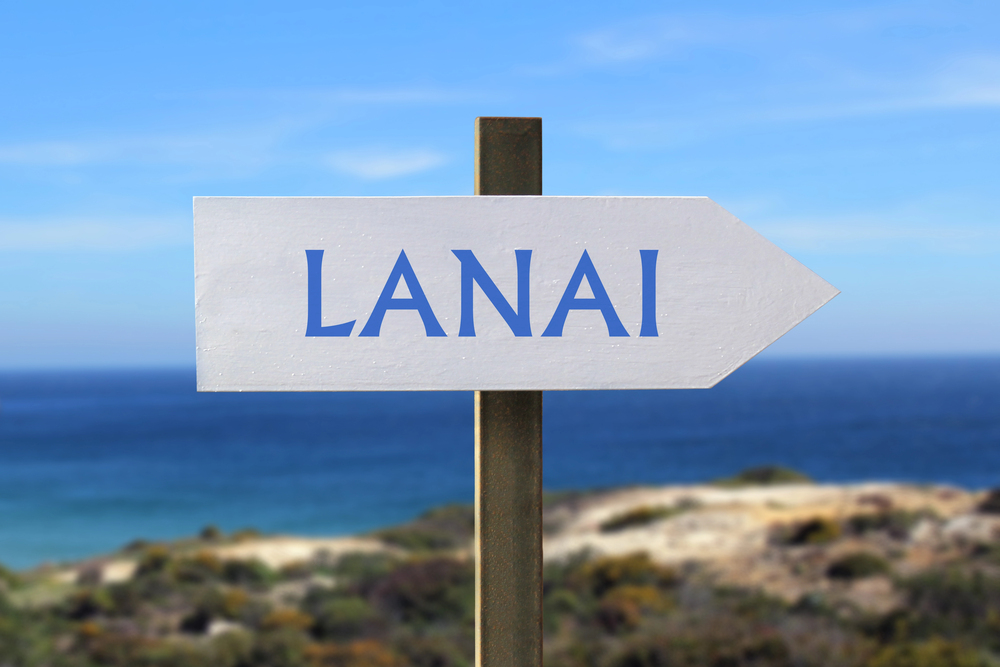
The island’s only town maintains its 1920s plantation character through preserved architecture and community traditions. Every Saturday, locals gather at Dole Park just as plantation workers did generations ago, sharing music and stories under massive Cook Island pine trees.
The town’s historic Ka Lokahi Church still serves as a community gathering place, hosting traditional Hawaiian language services.
Kaupo, Maui
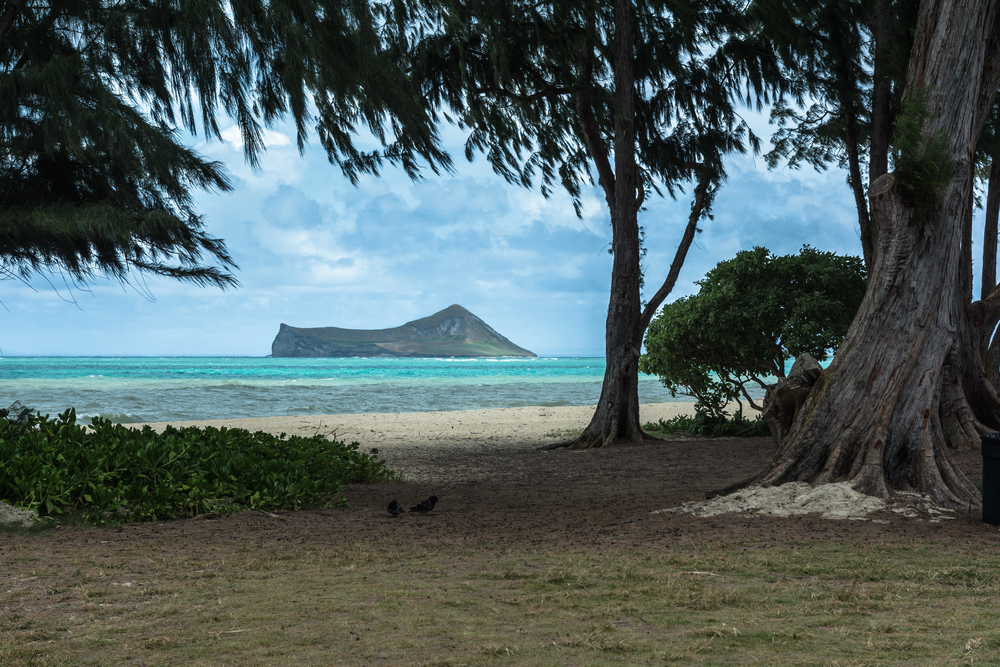
This remote community along the southern coast of Maui preserves traditional Hawaiian ranching and farming practices. The historic Kaupo General Store, built in 1925, still serves as a community gathering place and rest stop for travelers.
Local families maintain traditional dry-land taro patches using methods passed down through generations.
Like Travel Pug’s content? Follow us on MSN.
Waiohinu, Big Island
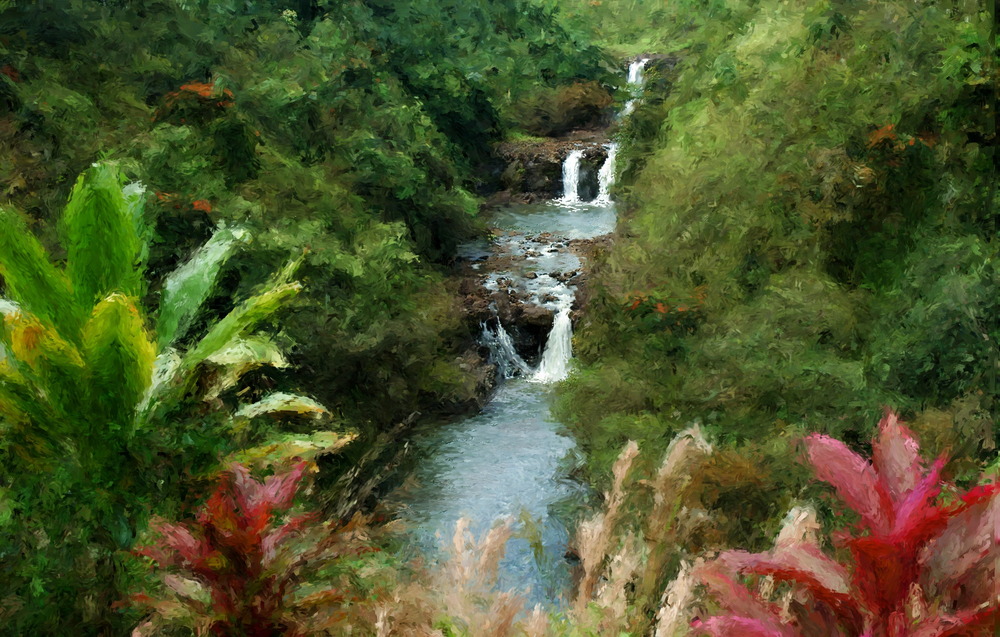
Mark Twain once called this Ka’u district townhome, and little has changed since his visit in 1866. The town’s famous macadamia nut groves, planted by early Japanese immigrants, continue to produce nuts harvested using traditional methods.
Local coffee farmers maintain small plots using sustainable practices passed down through generations.
Waialua, Oahu
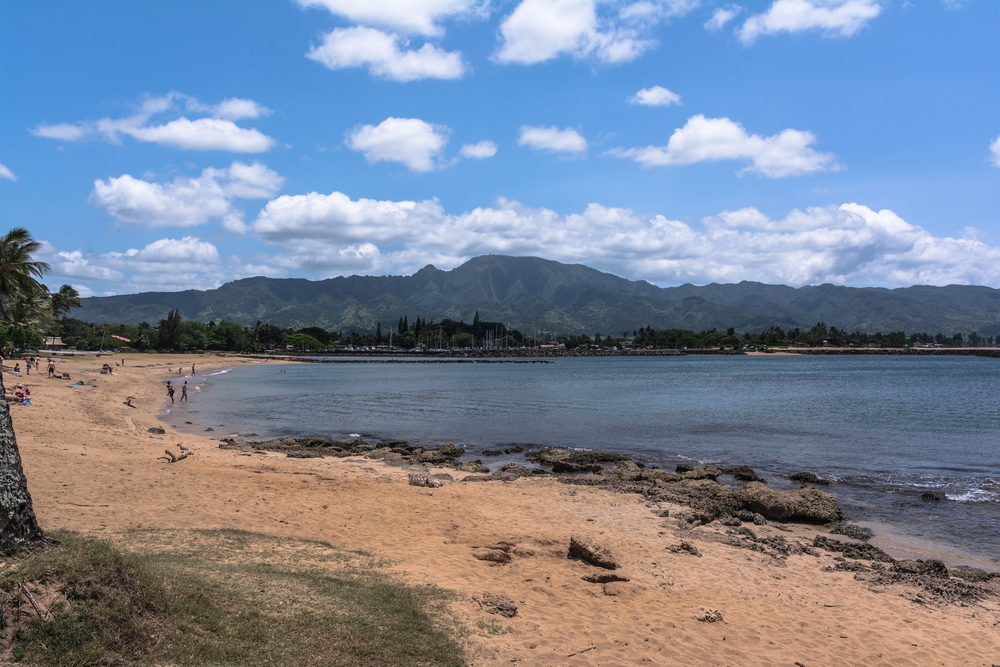
This North Shore community preserves its sugar plantation heritage through historic buildings and continued agricultural traditions. The old sugar mill now serves as a community center where traditional craft workshops keep ancient skills alive.
Local farmers still grow taro and sweet potato in fields that have been continuously cultivated since ancient Hawaiian times.
Naalehu, Big Island
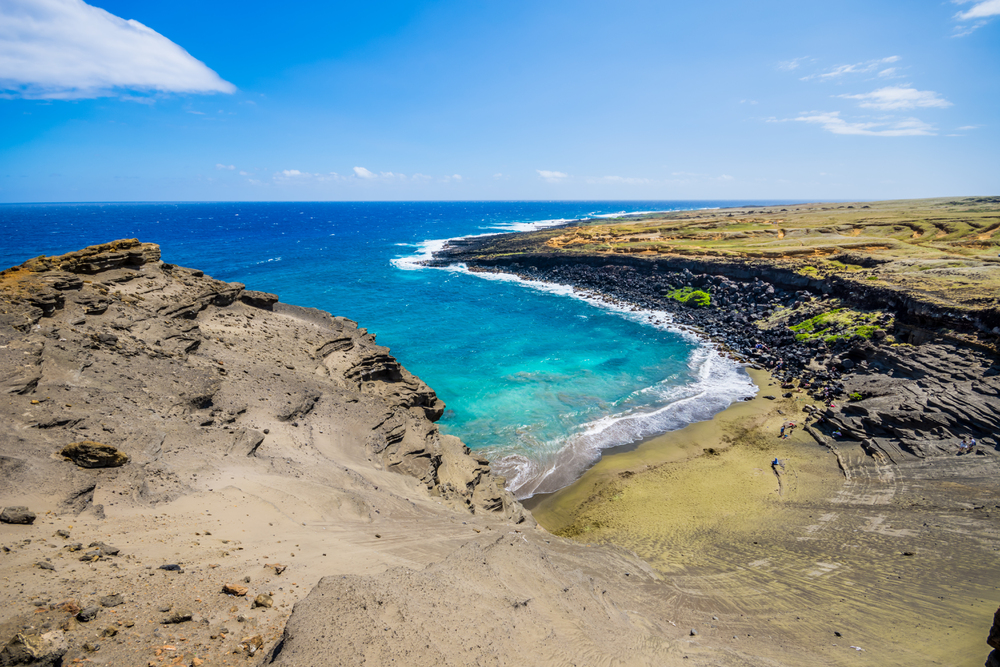
The southernmost town in the United States maintains its vintage charm through preserved plantation-era buildings and cultural practices. The historic Naalehu Theater, built in 1897, still shows movies just as it did during plantation days.
Local paniolos continue traditional ranching practices on surrounding grasslands where cattle have grazed for over a century.
Like Travel Pug’s content? Follow us on MSN.
Kapaau, Big Island
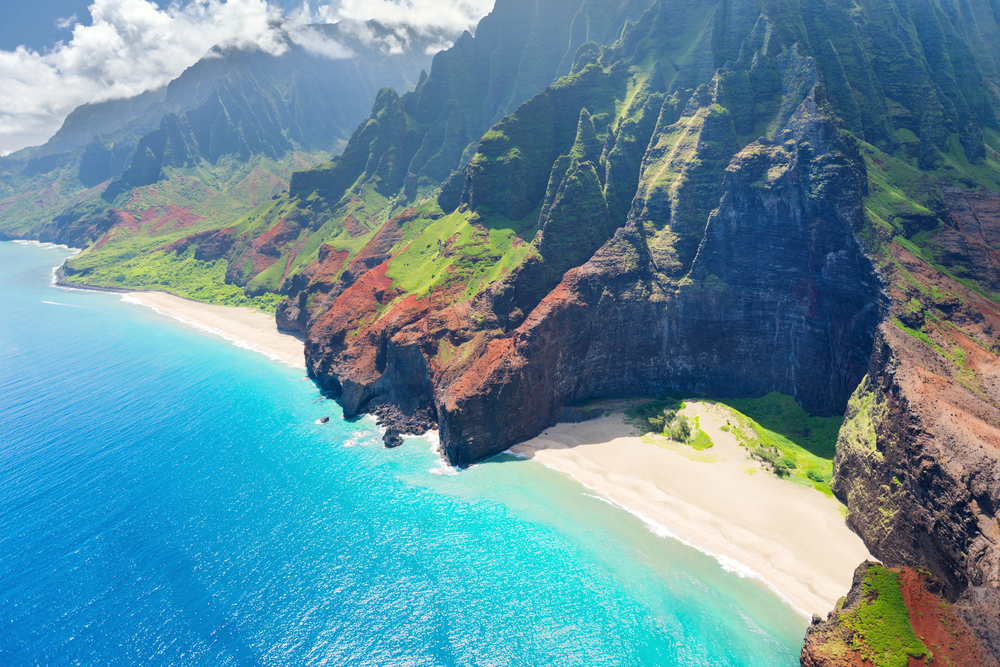
Home to the original King Kamehameha statue, this North Kohala town preserves deep connections to Hawaiian royalty and plantation history. Local kupuna (elders) share stories of the area’s rich history during monthly talk story sessions at the community center.
The town’s historic Nanbu Building houses a museum where traditional crafts and agricultural practices are demonstrated regularly.
Hawaii’s Timeless Towns
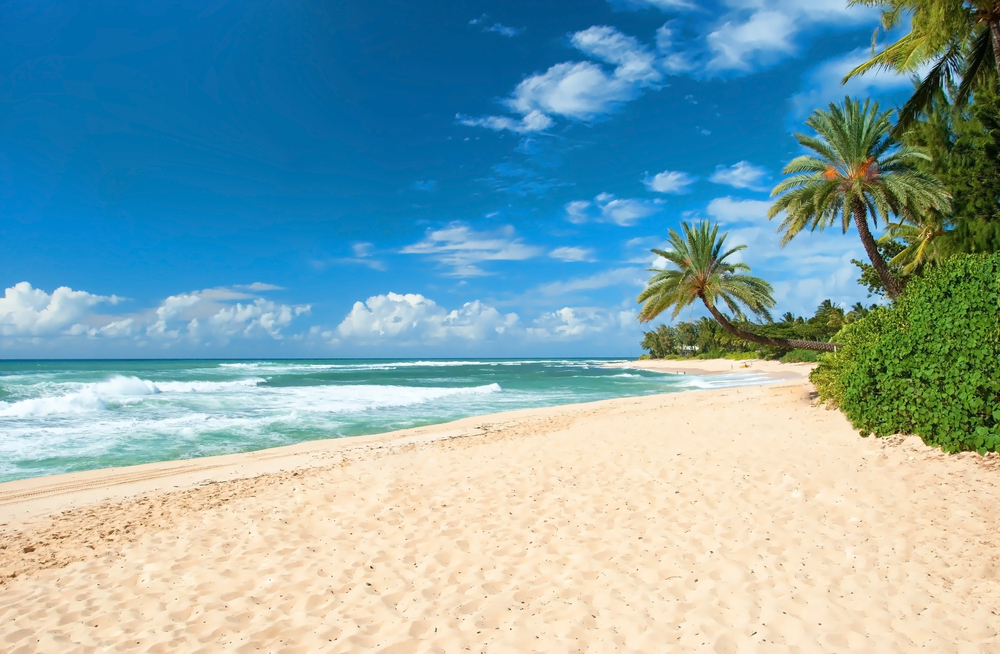
These 15 towns represent living connections to Hawaii’s rich cultural heritage, offering visitors authentic experiences far removed from typical tourist attractions. Each community maintains its unique traditions, architecture, and way of life, providing windows into different aspects of Hawaii’s past.
Whether you’re interested in Hawaiian culture, plantation history, or traditional practices, these towns offer opportunities to experience the islands as they once were, preserved by communities who value their heritage above modern development.
More from Travel Pug

- 15 Dangerous European Cities to Avoid
- 15 Caribbean Islands Where Tourists Keep Getting Scammed
- The 20 Most Fascinating Abandoned Places: A Journey Through Time and Forgotten Spaces
- 15 Hidden Places in the Smithsonian Museums Locals Love: A Guide to Lesser-Known Treasures
- 16 Hidden Florida Beach Towns That Aren’t Overrun with Tourists
Like Travel Pug’s content? Follow us on MSN.
